This is most obvious on public and private tour options where an asset (bike, scooter, pedal bar, etc.) are required. In order to manage this easily and quickly you need a system in place to automatically do these calculations for you. Manual simply isn’t an option.
Enter TRYTN’s advanced Asset Management Strategies. With these powerful strategies you can sell both private and public tours at the same time and capacities and assets are managed directly within the system. Imagine the following situation: You have two pedal bars that hold 10 people each. You are currently selling both public and private tours that operate at the same times. So you could sell a) 20 public tours, b) two private tours, or c) 10 public and one private tour.
Common Public/Private Selling Scenerios
If a customer buys 3 public tours the system will automatically adjust and will still offer one private tour and seven public tours available for purchase.
If a customer buys a private tour the system will automatically adjust your capacity and still offer 10 public tours and one private tour for purchase.
If a customers buy 11 public tours the system will fully close out the private tour option for that date and time since you no longer can offer that but continues to offer nine public tours for purchase.
Lastly, if customers buy two private tours then you no longer have any availability among your private or public tours for that date.
This is just one example (but one of the most common) uses for Asset Management within TRYTN. This powerful feature is available to all businesses and can be utilized in many different ways to maximize the sales of a wide range of businesses.
Types of Asset Management Strategies
Shared Quantity – All activities pull from the same pool of assets for a given asset. So, let’s say you have overlapping 30-minute, one hour, and half-day bike tours and have 10 bikes. This allows you to sell each of these tours without overselling even though each has an available capacity of 10.
Allow Single Use During Set Time – Each booking fully consumes the asset. These are great for private tours and “named assets” such as specific boats.
Allow Single Use During Set Time (Up To Time Slot Capacity) – Similar to the previous example, this is great for “named assets” where once it’s bought other tours become unavailable for the given time and date but the activity with the purchase continues to be available until the asset capacity is utilized. In this use case, imagine you offer three different boat tours to different destinations but only have one boat. Once someone books one of those tours, you continue to sell that specific tour to try to fill your boat to capacity but since you have but one boat the other tours are no longer available for purchase.






